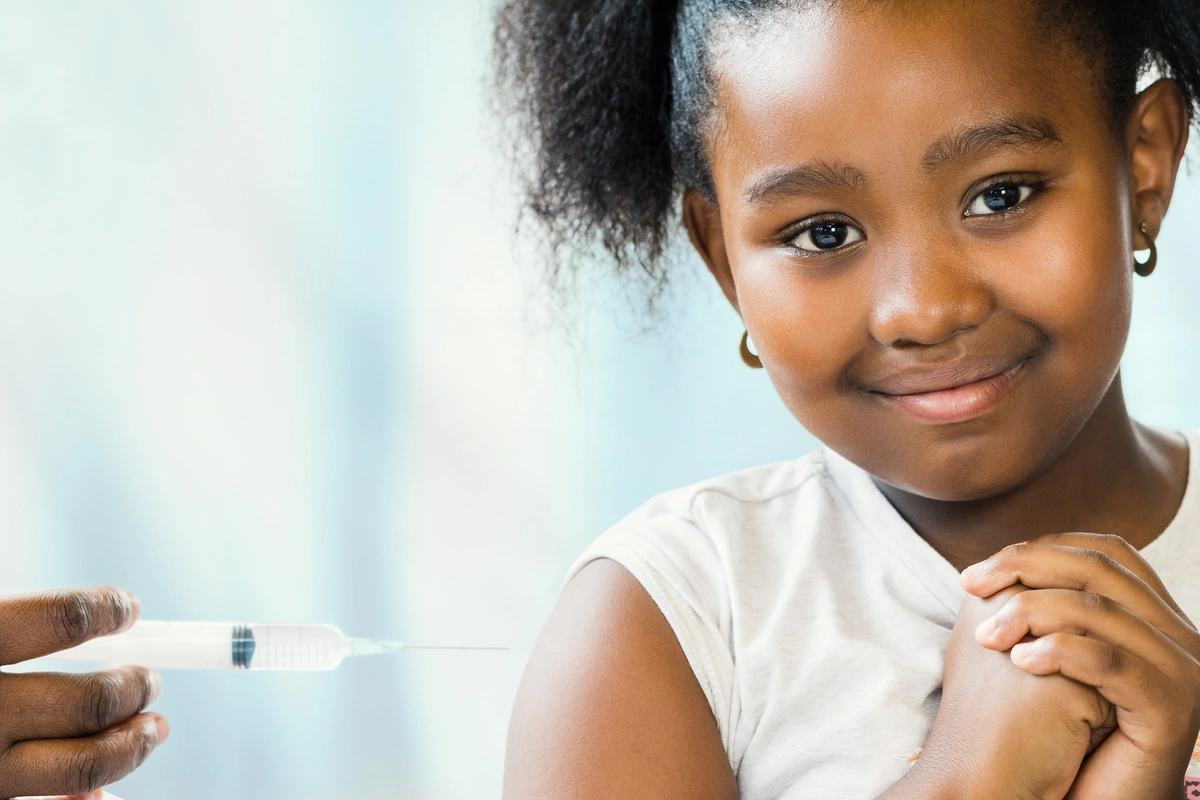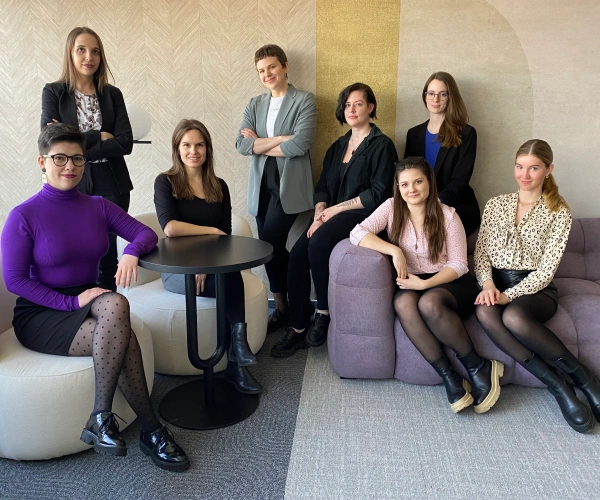
Only one in eight girls globally are vaccinated against HPV. There are various ways to raise the demand.
A single vaccination can protect girls against HPV – a family of viruses that cause almost all cases of cervical cancer. In some low- and middle-income countries (LMICs), very few girls have received a vaccine to protect against HPV. Supply issues remain the main barrier. However, the innovative role of local communities, in addition to raising awareness about the potential cost savings of HPV vaccines, can help to increase demand in areas where supply is available.
Local leaders can reduce vaccine hesitancy among citizens
In many countries, vaccine hesitancy poses an obstacle to further demand. Views expressing doubt or an outright rejection of vaccines may come from influential leaders. Popular figures have been known to raise concerns about vaccine safety and efficacy, sometimes citing evidence that is not backed by science. This can cause a rise in vaccine hesitancy among citizens.
While vaccine hesitancy is high in some communities, local leaders can play a key role in changing perceptions. For example, a vaccinator in Nigeria recently overcame citizen misconceptions about the HPV vaccine. By encouraging a single caregiver to get her daughter vaccinated, a ripple effect ensued. Despite initially rejecting the vaccine, caregivers went on to embrace it, and became advocates, encouraging their neighbours to follow. This outcome went far beyond the expectations of the vaccinators.
In another situation, local community leaders in Nigeria used their homes as HPV vaccination sites. This conveyed a message of endorsement and confidence in the vaccine. Going further, town organisers visited houses throughout their communities, knocking door-to-door, to publicise vaccination events taking place at the homes of local leaders. In the process, organisers also identified children who were eligible for vaccines, and directed caregivers to the right vaccination sites.
Raise awareness on the potential cost savings of HPV vaccines
Governments in low- and middle-income countries may have limited financial resources to spend on healthcare. Consequently, it is helpful to outline the potential cost benefits associated with HPV vaccines. A single HPV vaccine costs just a few dollars, compared to the thousands of dollars it may cost to treat cervical cancer through procedures such as chemotherapy and radiotherapy.
The World Health Organisation (WHO) estimates that the return on investment for a programme of HPV vaccination, cervical cancer screening and treatment will be $3.20 for every $1 spent, through 2050 and beyond. If scaled, governments could save millions of dollars by reducing the rates of cervical cancer through greater HPV vaccine uptake among girls.
Raising awareness is ultimately the key for boosting HPV vaccine demand. Through informing citizens of the health benefits associated with the vaccine, and conveying the potential cost saving opportunities to governments, the demand for HPV vaccines can increase. This is already happening in low- and middle-income countries, but greater demand is possible.


